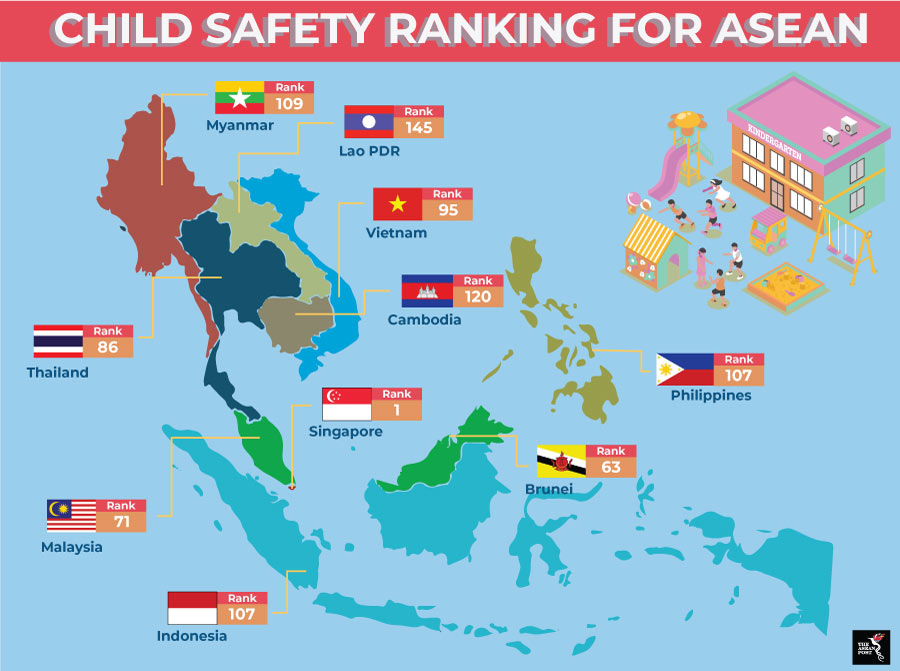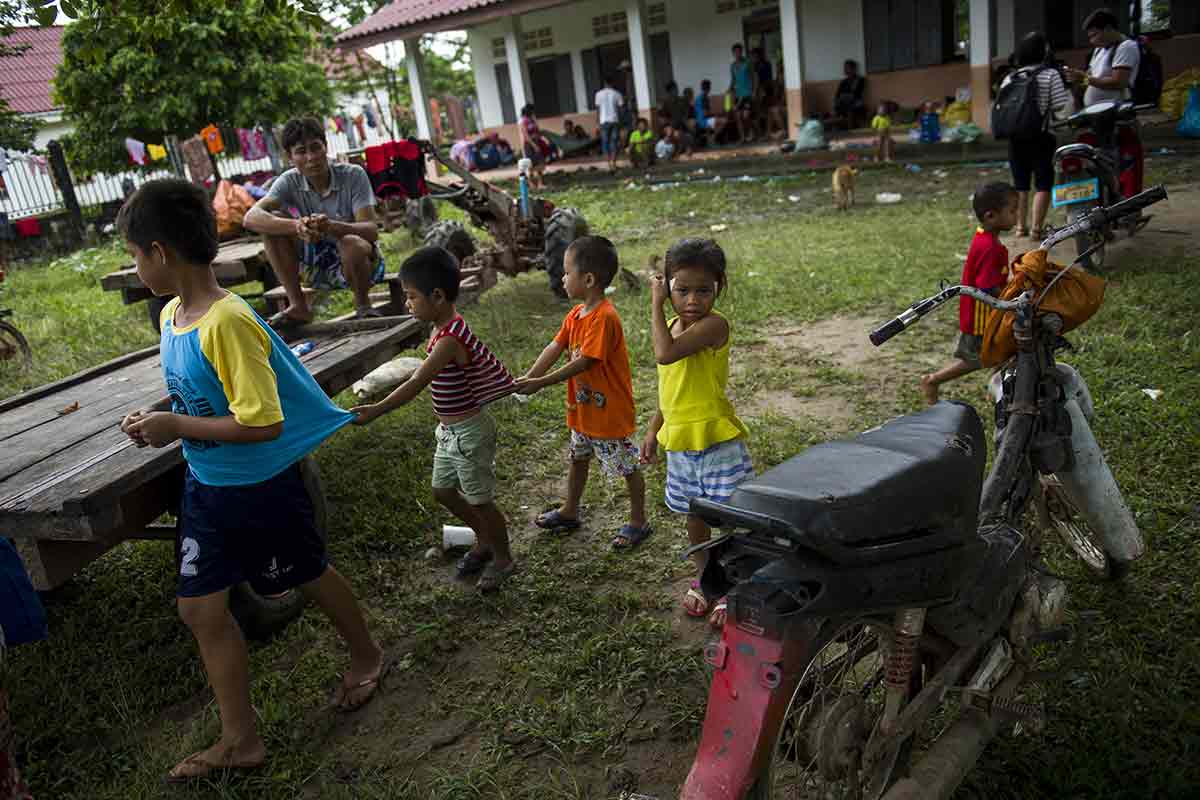Recently The ASEAN Post published two articles on Save the Children’s Global Childhood Report 2019. One talked about how Singapore, for the second year in a row, managed to grab the number one spot for providing a safe and nurturing environment for children. The other article was about how Lao not only performed the worst in the region on that front, but also performed badly worldwide. The report included 176 countries around the world, Lao was placed 145th.
The fact that both countries come from the ASEAN region goes to show how diverse development is in the bloc of 10 countries. This also means that while countries like Singapore are prospering, other countries like Lao and Cambodia (120th, according to the Global Childhood Report 2019) are not doing so well. This is especially concerning when one is speaking about the welfare of innocent children.
Since we’re on the topic of Singapore and Lao, let’s take, for example, the differences in education systems between the two countries. Today Singapore is talking about innovating education to create talent that will stand the test of the Fourth Industrial Revolution. Lao too has talked about improving its education system but while Singapore is looking to improve already good quality education, Lao seems to be attempting to fix a problem.
By simply looking at the 2018 Legatum Prosperity Index from the Legatum Institute, you’ll see that Lao’s education is ranked 113 out of 149 countries, while Singapore’s is ranked 21. This is a trend you’ll find in any index ranking the education systems between both countries.
But the problem is even more deep-rooted than just education systems as even a poor education still means education. Sadly, not many in Lao are getting even that basic right. The country has a serious problem with child labour and even child prostitution. Singapore’s official statistics, on the other hand, states that the dropout rate in the country is currently below 1 percent.
But what is happening to ASEAN? Why are some countries doing so well and some doing so poorly? ASEAN Parliamentarians for Human Rights (APHR) member Wong Chen shared some of his insight on the matter.

What is happening to ASEAN?
Wong believes that the problem is rooted in the differing levels of economic and political developments, which he says "do so greatly". As a result, he adds, rankings can and do vary greatly as well.
“For instance, many ASEAN countries are not doing well on human rights matters such as free speech. On the question of human rights, the principle of non-interference does contribute to these lower rankings,” he told The ASEAN Post.
“However ever since the Rohingya crisis, the principle of non-interference is being re-examined. I also believe that with better respect for human rights, ASEAN countries will become economically more prosperous. I therefore urge all ASEAN countries to be more open minded to democratic political ideas, especially advisory from fellow ASEAN countries.”
He said the key was for ASEAN countries to be more helpful of each other in improving circumstances. This, he said, was also the case for matters regarding non-political issues such as health, education, and infrastructure.
“The more prosperous ASEAN countries must be ready to share and transfer knowledge to the lesser advanced countries.”
If patterns are anything to go by, there might be some truth in what Wong says. According to Transparency International’s Corruption Perceptions Index 2018, Singapore is ranked 3rd out of 180 countries while Lao is ranked 132nd. Similarly, while Singapore did not perform the best in Freedom House’s Freedom in the World 2019 report (scoring 51 out of 100 points), it certainly outperformed Lao (14 points).
Regardless of the reason behind the disparity among ASEAN countries, the disparity is there and it is glaring. Whether it be economic, political or non-political, countries in ASEAN are developing at a largely varied rate. Often times it seems as though ASEAN countries are racing against each other in terms of achieving development and while that is understandable, the 10 countries should take advantage of the bloc and, like Wong suggests, help each other out. Success is so much sweeter when it is shared.
Related articles:
